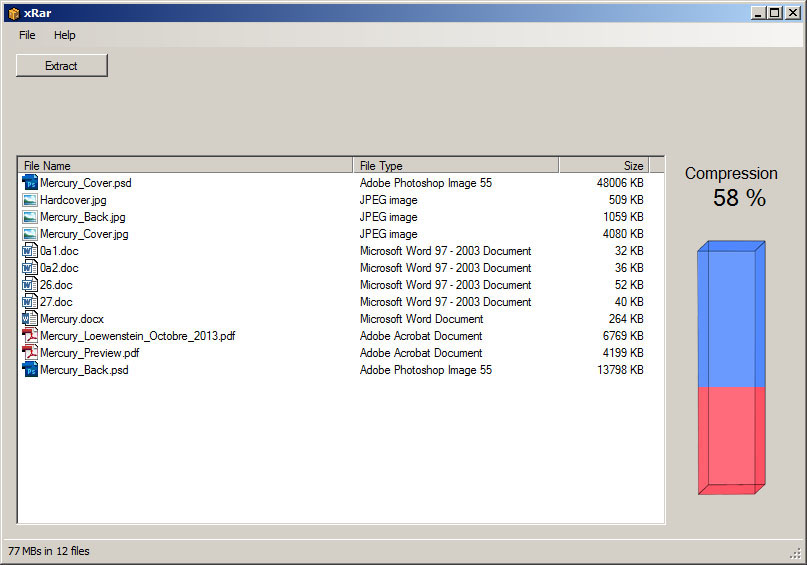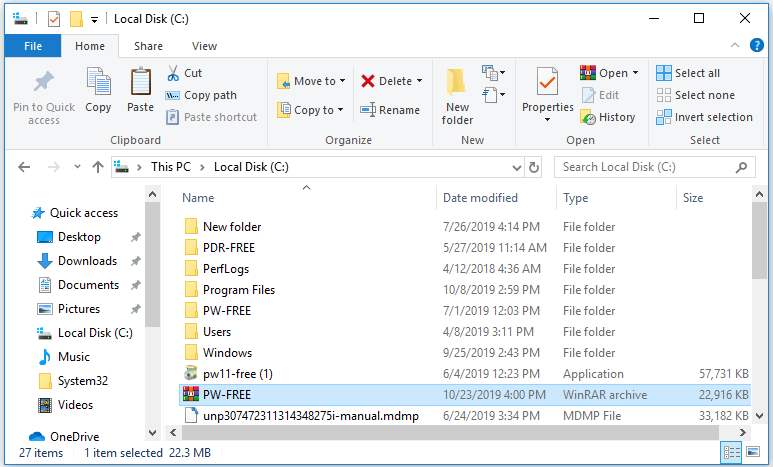

Unarchive RAR files using The Unarchiver: When you first open the app, you may receive a security warning, click Open.Drag The Unarchiver app to your Applications folder.Click download and wait for it to finish.Click here to view The Unarchiver website.Click Get and enter your Apple ID password.Click here to view The Unarchiver on the Mac App Store.Download The Unarchiver from the Mac App Store or from the developer’s website - it’s the same app and it’s always free. It unarchives all sorts of different files, including RAR format. rar files? The Unarchiver is free from the App Store or developer’s website.
Open rar files how to#
We’ve also explained how to use Terminal or websites to open RAR files on your Mac. That said, we’ve detailed how to open and extract RAR files on your Mac below using either The Unarchiver or Keka. Do some research reading user reviews to find the best one for you.
Open rar files archive#
There are lots of other archive utilities available as well. But we also like Keka because it’s still open source ( The Unarchiver was acquired by MacPaw in 2017). The Unarchiver is probably the most popular.
Open rar files software#
But because RAR is proprietary, it can’t be included.įortunately, there are plenty of third-party software alternatives to work with RAR files on your Mac. Apple’s Archive Utility supports many other file formats, like ZIP, TAR, and GZIP. Unlike ZIP files, macOS does not include a built-in utility to work with archived RAR files. rar files on a Mac? There are a few different methods for extracting RAR files on your Mac. You usually need to download extra software to do so. RAR format files are more complicated, but it is possible to open and extract. ZIP format files open natively with macOS, simply double click the. Whereas the maximum data you can compress with RAR is around one billion gigabytes, or one exabyte. ZIP64 increased this, but isn’t standard on all systems. The maximum data you can archive using ZIP is around four gigabytes. Not only that, but RAR compression can work with larger amounts of data to begin with. The result is smaller archive files that are faster to transfer.

RAR files benefit from more efficient compression than ZIP. This is because ZIP was released to the public domain in 1989, whereas the RAR file-format is still privately licensed. Most noticeably, macOS can extract ZIP files without downloading third-party software. But there are still differences between them. RAR and ZIP files are commonly shared online due to the smaller download size and convenient one-file download they offer. They can also both be password protected and encrypted using AES-256 encryption. They’re both archive formats, used to compress documents into a single file with a smaller size. RAR files also feature password protection and error recovery!Īfter downloading a RAR file, you need to use a third-party extractor to unpack the contents. rar files reduce the download size and bundle documents and folders into a single download. You usually encounter RAR files when downloading content from the Internet. Named after the Russian developer who created them, Roshal ARchive files compress large amounts of data into a single. RAR files are a common archive file format, alongside ZIP files. What is a RAR file? What are RAR files anyway? And why do people use them?


 0 kommentar(er)
0 kommentar(er)
